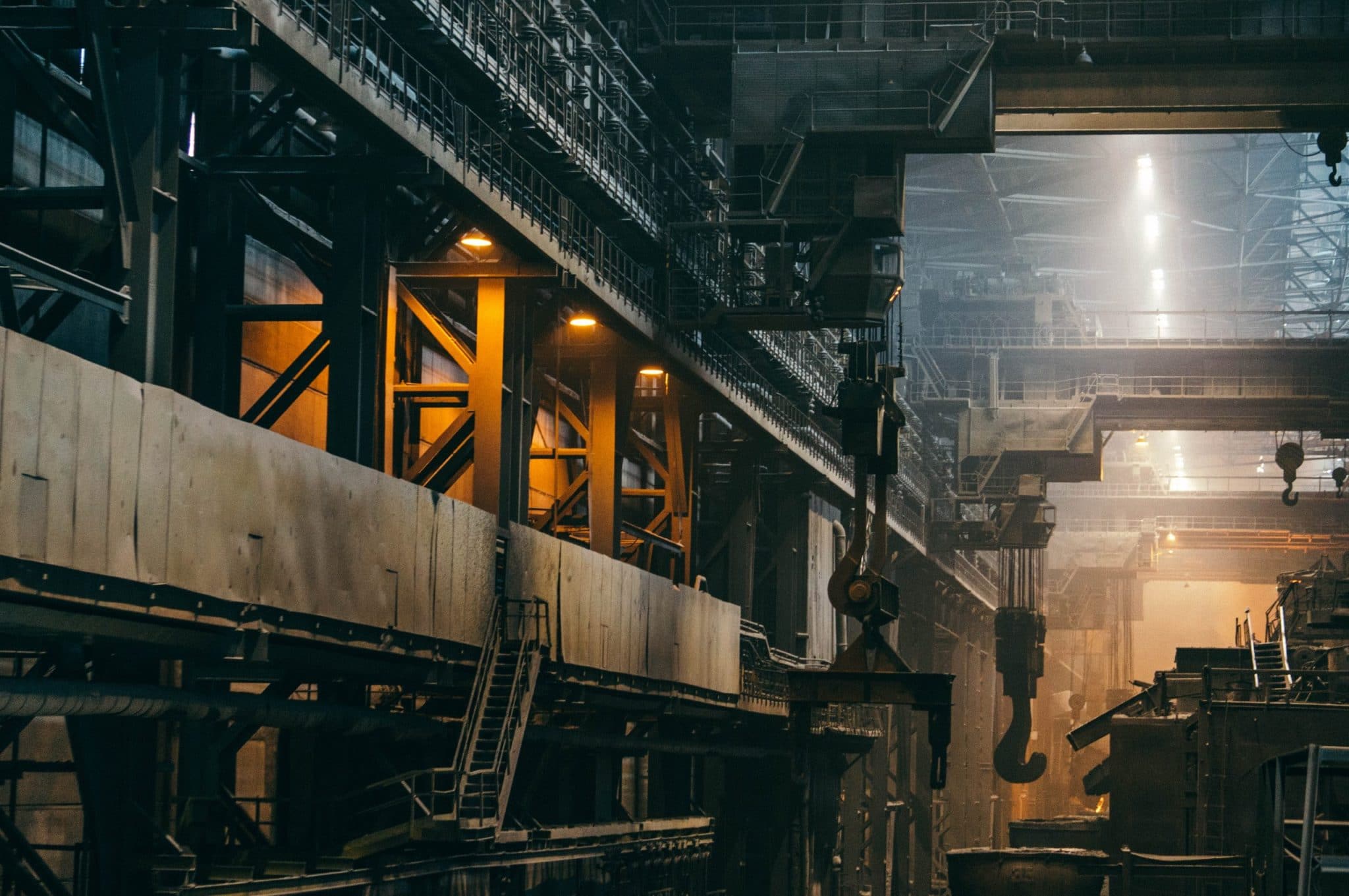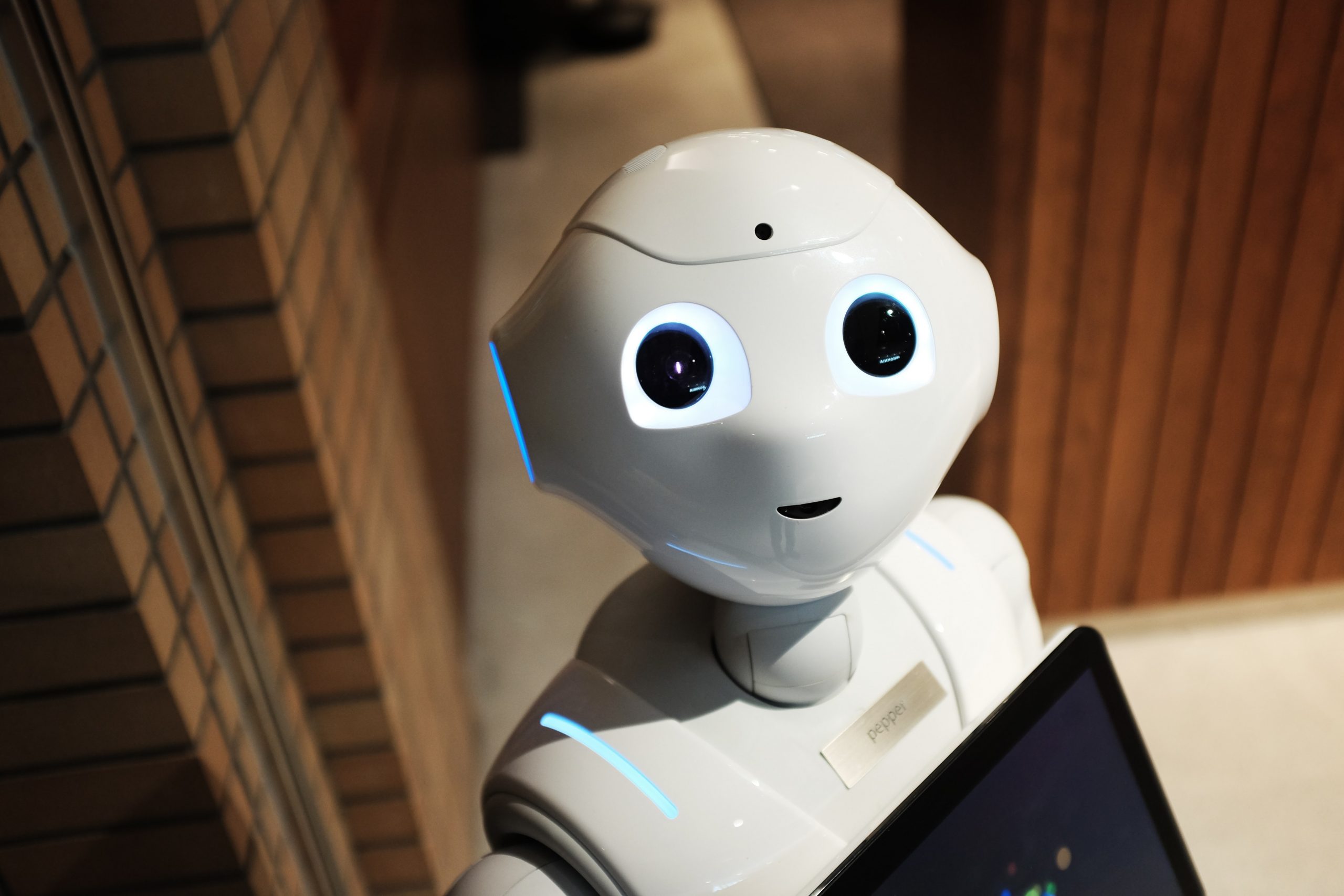With the continuous emergence of new IT technologies, the world is changing quickly. Organizations experiment with groundbreaking digital innovations, try different approaches to progress in their business, and offer opportunities for the digital economy.
Over the past ten years, artificial intelligence has transitioned from science fiction and people’s imagination into reality. People have got used to the presence of AI in their lives.
It’s essential to understand the complete – and ever-widening – range of benefits that industrial automation brings. As the COVID-19 pandemic has upended supply chains and manufacturing, it’s worth considering why automation is something to be welcomed, not feared.
The vast majority of respondents to the 2014 Future of the Internet canvassing anticipate that robotics and artificial intelligence will permeate broad segments of daily life by 2025, with enormous implications for a range of industries such as health care, transport, and logistics, customer service, and home maintenance.
The 21st-century household is often packed with gadgets and devices, from tablets and laptops to smart televisions. CNBC looks at ten technological developments that have become integral parts of many people’s home lives.
Robots explicitly designed for industrial applications can be characterized according to their operational modes, control systems, mounted tools or interactive mechanisms, and arm geometry.
Robots are already all around us, whether the automated machines that assemble our vehicles or the virtual assistants that use conversational interfaces to help us around the house. Yet as we’ve seen, they’re not currently suitable for all areas of life.
Technology keeps planes flying smoothly and cars driving toward a destination using a GPS navigation system. Technology allows us to absorb education at rate that was unheard of twenty years ago. Technology keeps us connected to one another through our electronic devices and social media. Technology runs the financial universe.
The ever-evolving digital age affects cybersecurity more than most people realize. The rate of cybercrimes has grown exponentially and is consistent with the growth of technology. As technology expands and develops, so do the cybercrimes that are committed. Fortunately, as technology has advanced, so has the ability to seek out cybercrimes before they happen and protect people when they occur.
Technology affects almost every aspect of 21st century life, from communication, security, transport efficiency and safety, to food access, financial inclusion, healthcare, socialization and productivity.











